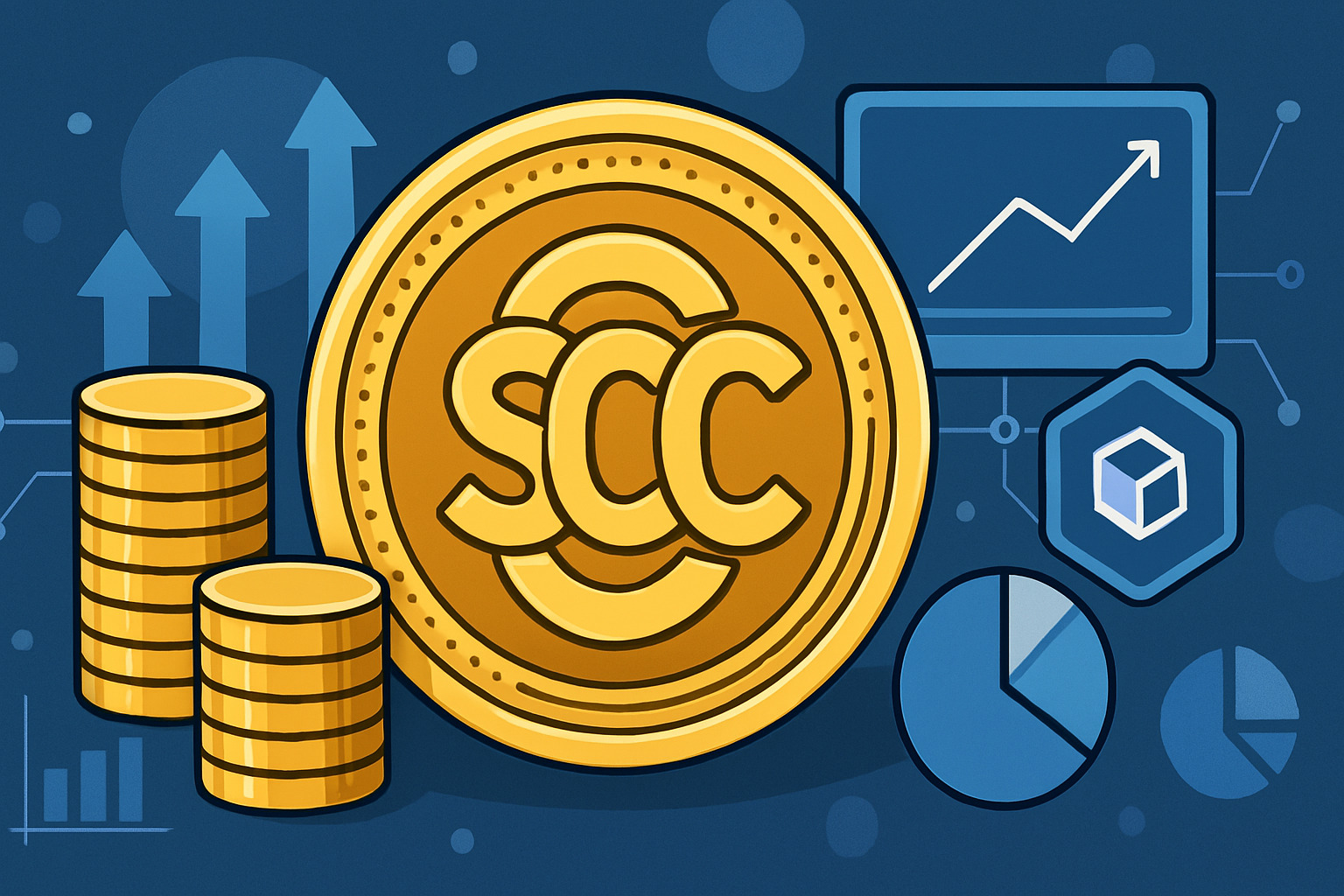
Scarcity is one of the strongest forces in economics. When something is limited, people want it more. This principle is what makes SCC tokenomics so interesting. With a well-structured supply model and real-world use cases, SCC isn’t just another digital asset—it’s a token with purpose.
But does the supply really support demand? And is the utility strong enough to give SCC long-term value? Let’s break it down.
SCC Supply: The Foundation of Value
Supply isn’t just about how many tokens exist—it’s about how they’re distributed, how they enter circulation, and whether they create scarcity or inflation. SCC has a unique supply mechanism that plays into its economic strategy.
Fixed or Flexible Supply?
Some tokens have a hard cap, meaning no more can ever be created. Others have an inflationary model, where new tokens are continuously introduced. SCC takes a structured approach, balancing scarcity with incentives for participation.
- Total supply cap: Ensures scarcity and prevents endless dilution
- Gradual release mechanisms: Keeps circulation controlled over time
- Burn mechanisms (if applicable): Reduces supply further, increasing scarcity
This structure means SCC isn’t just dumped into the market. It enters circulation strategically, keeping supply in check while supporting network growth.
Who Holds SCC?
Understanding supply also means looking at who owns SCC and how it’s distributed:
- Founders and early investors: Typically hold a portion, but long-term vesting prevents dumping
- Community and rewards: Used for staking, governance, or ecosystem growth
- Treasury or foundation reserves: Funds development and partnerships
If too much is concentrated in a few hands, price volatility increases. A well-distributed supply builds confidence.
SCC Utility: The Reason People Hold It
Supply alone doesn’t give a token value—utility does. If people can use SCC for something meaningful, demand will follow.
Payment and Transactions
SCC’s use as a medium of exchange is one of its most basic functions. Whether it’s for fees, payments, or smart contract execution, transactional use keeps the token relevant.
- Low fees compared to traditional methods
- Fast transactions with scalable network support
- Integration with platforms and merchants
If SCC is widely accepted in an ecosystem, it gains real-world value beyond speculation.
Staking and Governance
Staking isn’t just about earning passive rewards—it ties users to the network. SCC holders may stake their tokens to:
- Secure the network (if it uses a proof-of-stake model)
- Vote on protocol decisions (governance rights)
- Earn rewards for participation
This gives SCC an active role in the ecosystem. People don’t just hold it—they use it.
Exclusive Access and Privileges
Some tokens provide access to special features, events, or platforms. SCC could be used for:
- Premium services within its ecosystem
- Access to early investment opportunities
- Discounted transaction fees or other incentives
These perks create a reason to hold SCC beyond price speculation.
Future Potential: Where SCC Could Go
A token’s future depends on demand, adoption, and adaptability.
Network Growth and Adoption
The more platforms, businesses, and users that accept SCC, the stronger its position becomes. Adoption can grow through:
- Strategic partnerships with businesses and DeFi platforms
- Developer incentives to build on its network
- Community-driven initiatives that increase real-world use
A token with no ecosystem won’t last. SCC’s growth depends on its ability to integrate into new markets.
Market Positioning and Competition
SCC doesn’t exist in a vacuum. Competing tokens with similar supply and utility models can impact its demand. A few key factors determine how SCC stacks up:
- Transaction speed and cost compared to rivals
- Security and decentralization levels
- Unique value proposition that sets it apart
If SCC can carve out a niche, it stands a better chance at long-term success.
Regulation and Compliance
Governments are watching crypto closely. If SCC is structured well, with compliance in mind, it reduces legal risks. Potential factors include:
- KYC/AML policies if needed for adoption
- Regulatory-friendly token distribution models
- Legal clarity on its status (security vs. utility token)
Regulatory hurdles can slow adoption. A well-structured approach keeps SCC ahead of legal challenges.
Final Thoughts
A token’s success isn’t just about hype. Supply, utility, and long-term adaptability determine if SCC is just another passing trend or a real player in the crypto space.
Its controlled supply ensures scarcity, its utility gives it real demand, and its future potential depends on adoption and positioning. If SCC continues to grow in use cases and adoption, its value won’t just be theoretical—it’ll be practical.




